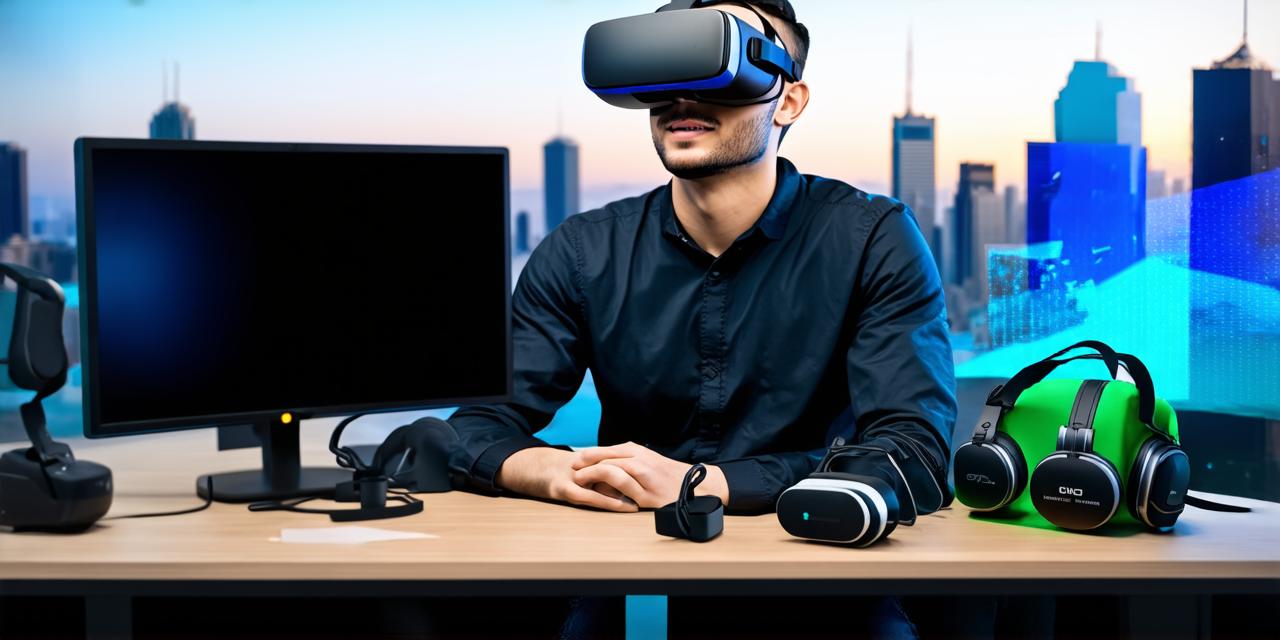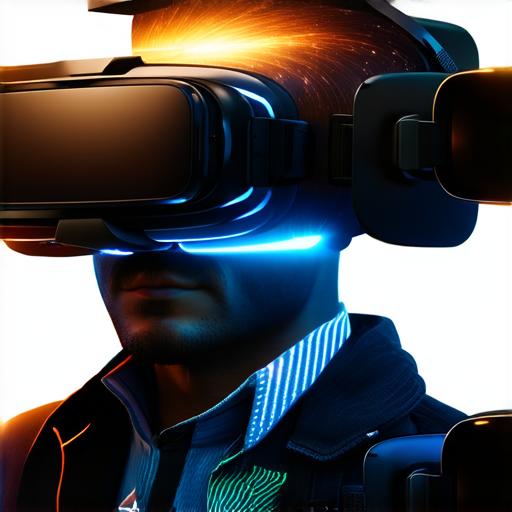
What are three types of virtual reality?
In the dynamic realm of technology innovation, virtual reality (VR) stands as a pioneering beacon. This article delves into three distinct types of VR that are redefining our world, providing insights for developers navigating this immersive landscape.
1. Classic VR
Often synonymous with the term ‘virtual reality’, classic VR is the original and most familiar form. It uses a head-mounted display (HMD) to create an artificial environment, complete with 3D graphics and stereo sound. Examples include Oculus Rift and HTC Vive. This technology offers a fully immersive experience, transporting users into another world. Classic VR is particularly effective in applications such as gaming, training simulations, and virtual tours, where a sense of presence is crucial.
2. Augmented Reality (AR)
Unlike classic VR, AR overlays digital information onto the real world. Pokémon Go is a prime example of this technology, where virtual creatures appear in your actual surroundings. The potential for AR in development is vast, ranging from gaming to education and beyond. AR can enhance everyday experiences by providing additional context or interactive elements, making it an exciting area for innovation.

3. Mixed Reality (MR)
Bridging the gap between VR and AR, MR allows digital and real-world objects to interact. Microsoft’s HoloLens is a leading example of this technology. In the hands of developers, MR opens up possibilities for creating truly interactive experiences. For instance, in a medical setting, MR could allow surgeons to visualize and manipulate 3D models of a patient’s body without actually performing surgery.
These three realities are not mutually exclusive; they often overlap and influence each other. For example, VR can be used in AR development to create more realistic digital objects, while MR can enhance VR by integrating real-world elements into the virtual environment. The hybrid approach, as demonstrated by MIT Media Lab’s experiment combining VR, AR, and MR, could revolutionize industries such as architecture, engineering, and design.
As we venture into the future, these immersive realities will continue to evolve, pushing the boundaries of what’s possible. The challenge for developers lies not just in mastering each technology but in understanding how they can work together to create truly transformative experiences that enrich our lives and reshape industries.
FAQs
Q: What is the difference between VR, AR, and MR?
A: VR creates a fully immersive artificial environment, while AR overlays digital information onto the real world. MR allows digital and real-world objects to interact, offering a hybrid experience that combines elements of both VR and AR.
Q: How can these technologies be used in development?
A: They have applications in gaming, education, architecture, engineering, design, and more. The possibilities are vast and continually expanding as developers continue to innovate and push the boundaries of these immersive realities.


